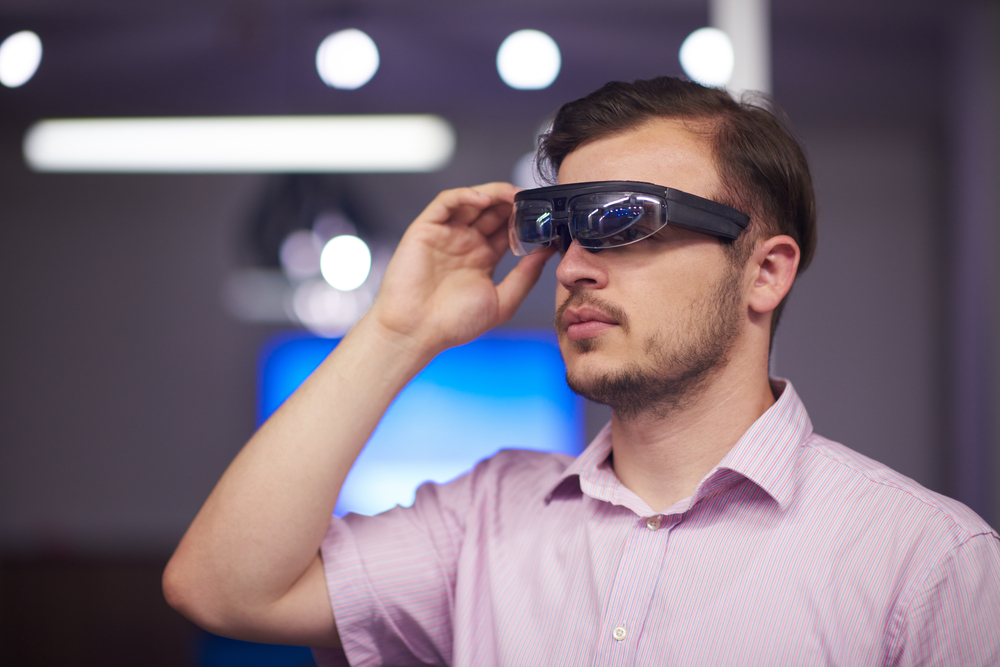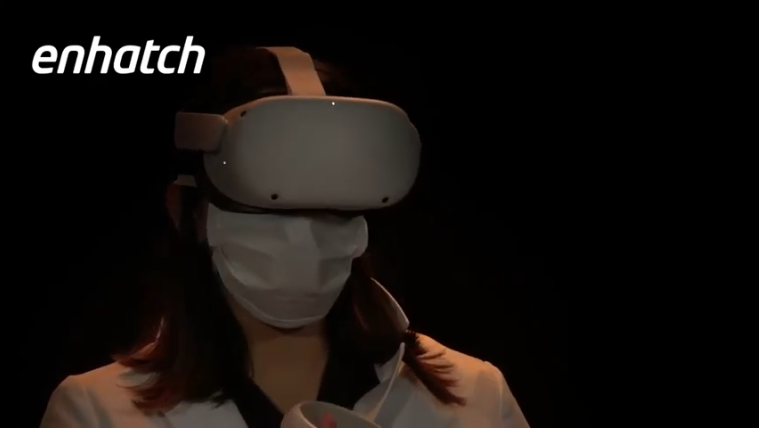Redesigning Surgical Professional Development with Virtual Reality Training

– Residents can have more involved VR training materials
– VR training can help improve medical device compliance
– Surgeons can work through complex procedures on patient specific models
There is opportunity for virtual reality Training for Surgeons, from both young residents & experienced surgeons
Simulation labs are becoming increasingly common in medical education, enhancing residency programs with more involved learning materials. Across the board, virtual reality can encourage medical device compliance and accelerate adoption of higher medical training techniques and-value medical technology. VT training platforms can also simulate complex procedures – not just generic, common procedures – allowing surgeons to practice their operations and better plan for advanced cases.
Virtual reality can facilitate and supplement surgical training through portable, safe, repeatable simulations.
The surgical training method of “See One, Do One, Teach One” has new meaning when residents can practice with just a headset and a controller in each hand. Anatomy training platforms can supplement training education for bones, organs, muscles, and vessels with advanced visualizations. Residents can walk through digitized procedures: choosing instruments, making incisions, clamping, drilling, and using radiology while an automated guides coaches them through.
One of the biggest barriers in core surgical training is how variable hands-on cases can be, in number and complexity. This higher surgical training recreates a virtual operating room anywhere, anytime. Traditional teaching modalities require limited resources, like cadavers, instruments, task trainers, and mentoring time. Virtual reality democratizes access to training and assessments on common procedures. Residents can perform the case in a virtual operating room before scrubbing in to the operating room.
Many of these immersive training environments also have an intuitive interface with realistic, haptic-enhanced interactions. A surgeon can feel the tension of a tissue stretching and the buzzing of a drill tap on a bone with haptic gloves. Emulating these specific tactile feels helps form muscle memory for a subconscious learning effect of technical skills. This can increase precision and increase surgical efficiency.
Virtual reality can bring a new level to product awareness and compliances; it can be the future of getting surgeons appropriately trained and credentialed
VR training platforms can offer advanced performance analytics and training content assessments. By matching interactive videos with virtual reality training, surgeons can access next-level product education beyond what is typically facilitated by medical device representatives. This shortens learning curves and speeds up adoption of higher-value medical technologies.
There is great opportunity to disrupt orthopedics by using patient specific bone models in virtual reality for surgical planning.
In the vision of Intelligent Surgery™, a surgeon will be able to work through a complex operation on a responsive, patient specific model in virtual reality. Artificial intelligence can turn 2D images into 3D models of the patient’s anatomy that sync with virtual reality surgical training platforms. Then, surgeons can manipulate the model and take a closer look for any deformities.
Surgeons can practice advanced techniques for joint revisions and evaluate the stability of implants before hand. This will improve patient outcomes and reduce time solving complications inside the operating room. Surgical tools have long been equipped with patient specific analytics and failure assessments. For complex revisions and trauma cases, a simulation lab can even help surgeons create new surgical techniques. The virtual reality platform can be customizable so that surgeons can tailor their workflow for efficiency inside the operating room.
Enhatch is working with the most forward-thinking medical device companies to deliver the next generation of surgical planning tools to the orthopedic market, including patient specific 3D modeling tools. The use of artificial intelligence to enhance implant design, expedite surgical technique, and simplify clinical workflows is part of Intelligent Surgery™.


